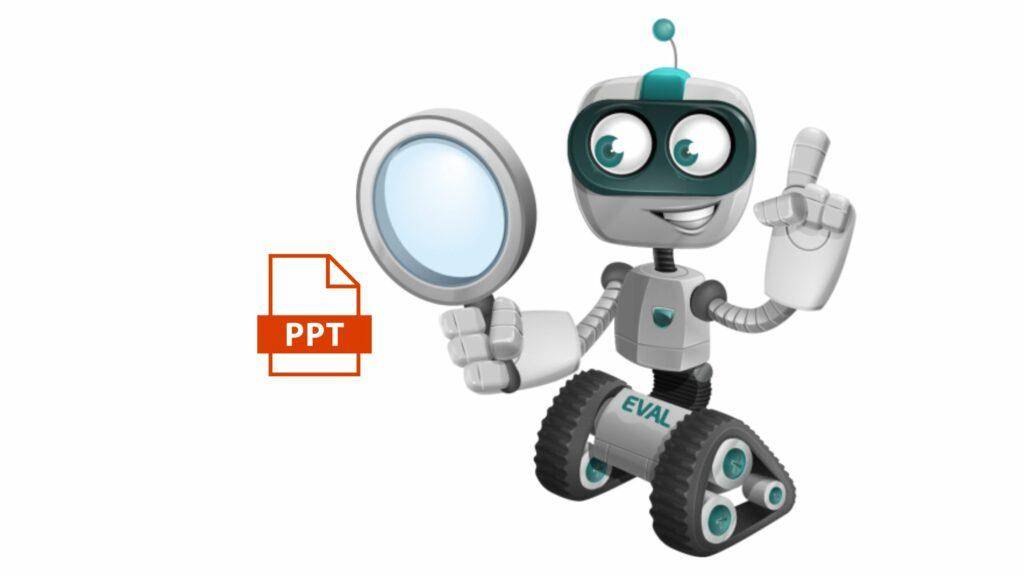Table of Contents
ToggleIntroduction: What is Metadata?
Metadata is data that describes other data. It’s most often used in digital files, but it’s also useful in other types of media, such as photographs and video. The term comes from the Greek words meta (meaning “after”) and -data (meaning “given”). The concept of metadata was first used in the 1960s by IBM as a way to organize data. The term has since been adopted more widely in computer science.
Metadata is often used to describe information about the file, such as its author and creation date. It can also include other data, including keywords and ratings. Metadata helps users find files they’re looking for and make decisions about which ones to use. Metadata is often used to describe the contents of a file. For example, in a word processing program, metadata can include the author’s name and the date on which a document was created. In music files, metadata might include information about song length and artist. Metadata can be used to store information about the file, such as its size, location and format. It can also be used to record changes made to the file over time.
For the purpose of this article, we will define metadata as data that describes other data. Metadata can be found in many places, most often in digital files on a computer or network. Metadata is not only found in digital files but can be found everywhere. It can be found in many places including documents, images, videos and other types of files. Metadata is data that includes file name, file size and type. It also includes when the file was created or modified and by whom it was created or modified by.
How is Metadata used in cyber forensics?
Metadata examination is extremely useful in the field of cyber forensics, especially if the metadata contains information that is not easily obtainable. When a file is moved from one directory to another, the modification time and access time may change, however the creation time will remain the same (if the OS supports it). The hash value of a file can be used to determine if a file has changed since its inception. If there are no changes made to a file from the time it was created until now then these values should be identical.
For example, say that you have a spreadsheet containing data from your company’s sales for the third quarter of 2022. The metadata on this file will tell you when it was created as well as any changes made since then.
Metadata can be very useful in cyber forensics because it provides investigators with more information than simply retrieving the contents of files or computer hardware devices. Metadata can help investigators determine if files have been altered since they were first created or if they were written at all – something that may not be easily found through other means such as timestamping or hashing algorithms (which are discussed later).

The modification time is the last time that someone or some program has modified or changed the contents of a file. This can occur when you save your file or when someone else makes changes to it or even when programs write data to that file. The same applies for an access date; this reads when you open your files as well as anyone else who does so.
Creation dates are usually set by default on most operating systems and do not change unless they are manually altered by an attacker who wants to hide their tracks after breaking into a system or downloading malicious software onto other people’s devices without their knowledge. All three of these variables contain important information about forensic investigations because they allow investigators to determine whether files were created before/during/after certain events occurred (e.g., hacking attempt).
What is a hash value?
You may be wondering what a hash value is. A hash value is the result of a mathematical process that produces a unique number for each file. A hash function is used to calculate this number. A hash function generates a “hash” (or fingerprint) for every single piece of data, including text, images and video files. This allows you to identify whether an item has been altered in any way since its creation.
The benefit of using hashes is that they enable you to confirm if the state of your system has changed over time (whether by accident or on purpose). If there are no changes made to a file from its inception until now, then their hash values would remain identical during forensic analysis. This method can also be used when comparing two pieces of evidence together as well as identifying new evidence when given only partial information about it’s source by checking against previously obtained hashes containing known versions of malware samples or other relevant items such as user accounts etc.
Winhelponline has published a detailed article which explains how to generate hash values for a file. Click here to read the article.
Types of Metadata:
There are different types of metadata that can be found in a digital file, these include:
- File Name: This is the name given to the file when it was originally created and can be a useful way of identifying its source. This can also help identify a specific version of malware if there are multiple iterations or variants available in an attacker’s toolkit.
- File Size: This can be used to identify the size of a file and whether it has been modified or tampered with. If a file is modified by an attacker, then there will be some changes in its size compared to the original. This can also be useful for identifying new versions of malware if they are released by their authors.
- Date Modified: The date a file was last modified can be useful in helping to identify if it has been modified by an attacker. If a file is not modified, then there will be no change in its date of modification.
- Location on Disk: If a file is stored in a compressed form, it can be identified by its location on disk. For example, if the file is stored in the same folder as other files that were not modified by an attacker and it has been modified, then it would be likely that this file was modified by someone else.
- File Hash: If a file has been modified by an attacker, it will have a different hash value than the original. A hash value is a unique number that can be used to identify particular files. This can be helpful in identifying if a file has been modified by an attacker.
Conclusion
Metadata can be useful when working on cyber forensics for a number of reasons. First, it provides information about information. This means that metadata can provide insight into the context of files and folders. In addition to this, metadata can also provide information about changes made to files and folders over time. This can be useful in determining if a file has been changed since its last download or upload by comparing its timestamp with dates from other sources (such as web servers).
Metadata is also useful for helping investigators determine whether or not a file may have been copied or moved from its original location, since this would require modification of the metadata associated with that file’s properties as well as where it was stored on storage media like hard drives or thumb drives.
The metadata in a file will tell us who created it and when it was modified last time. This can help us answer questions such as: “Who accessed this file last?” or “What did he/she do to change its contents?” In conclusion, the use of metadata should not be overlooked when working on cyber forensics cases which require detailed analysis and investigation.
Since metadata provides valuable information about your files, it can also be stolen just like other data. Hence it is extremely important to secure your data. Read our Journal on Protecting yourself while working from home to know how to remain safe from cyber attacks.
FAQs –
What is the difference between data and metadata?
Data refers to the contents of a file, such as text or images. In contrast, metadata is information associated with data that provides additional context about it. For example, an image may store its resolution and dimensions in metadata so that we can determine how big it really is when displayed on screen or printed out.
What is the most important metadata?
While there are many types of metadata, the most important ones for cyber forensics cases involve file creation, modification and access dates. These can be used to determine when files were created and modified by an attacker. They can also help identify when they were accessed by other individuals on a network or system.
Why is metadata used?
Metadata is used to provide additional context about files and other data stored on a computer or network. This can be useful for cyber forensics cases because it provides information that may not be immediately clear from the file itself, such as when and how it was modified or accessed by an attacker.
Where is metadata stored?
Metadata is stored in a wide variety of places, including files themselves. When you create a document, for example, the software program you use will store metadata about that file in a separate section of the file. This includes information like when the file was created and modified as well as who has access to it (via permissions).


